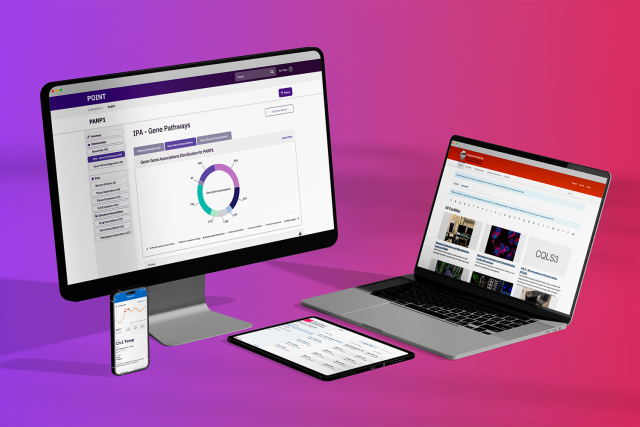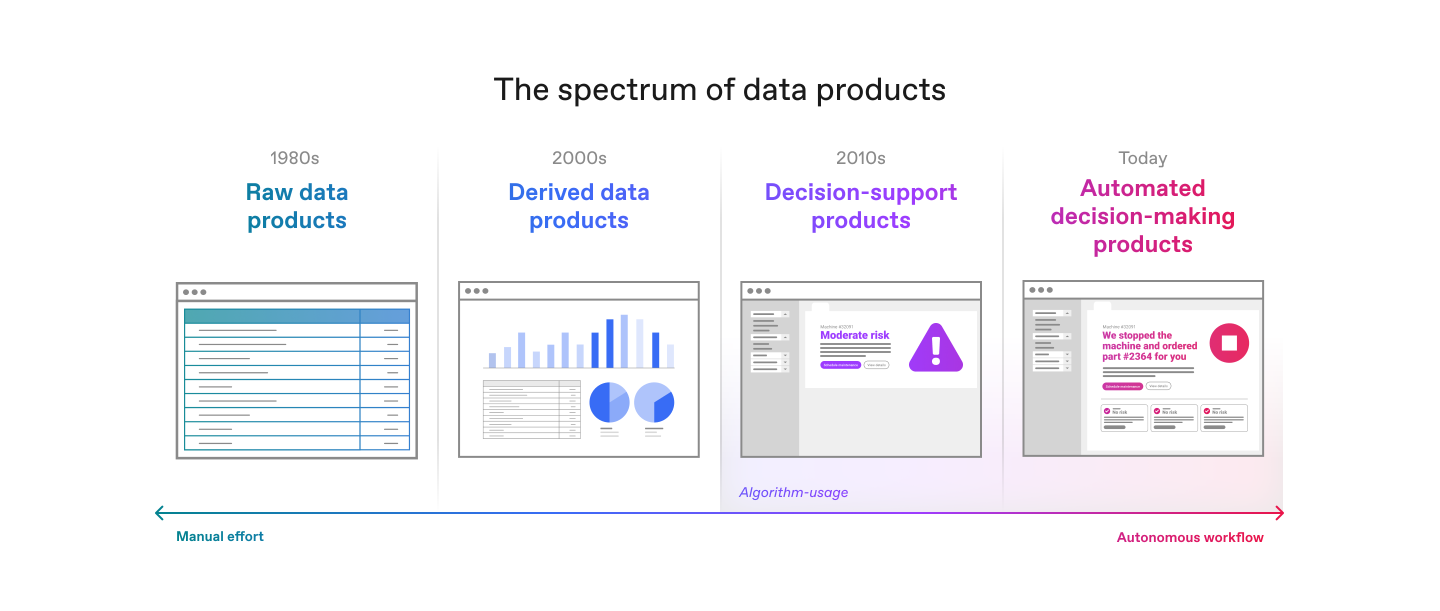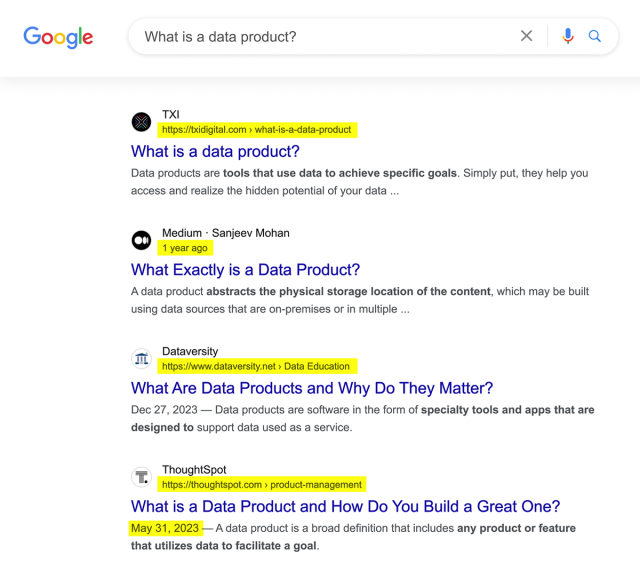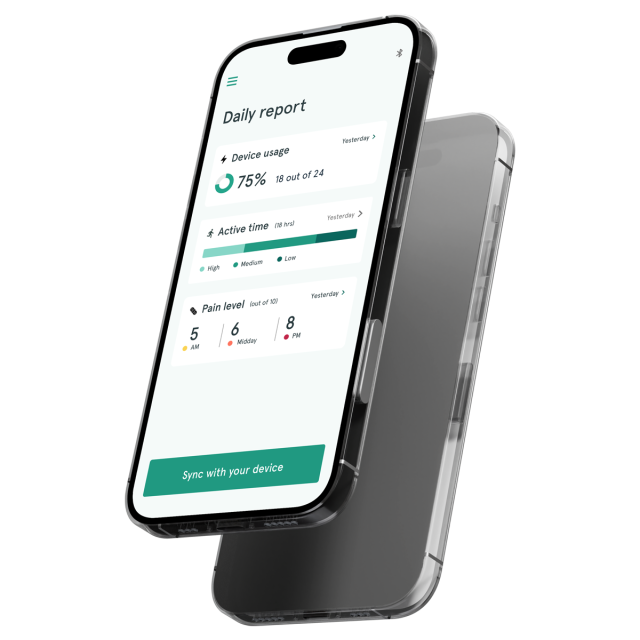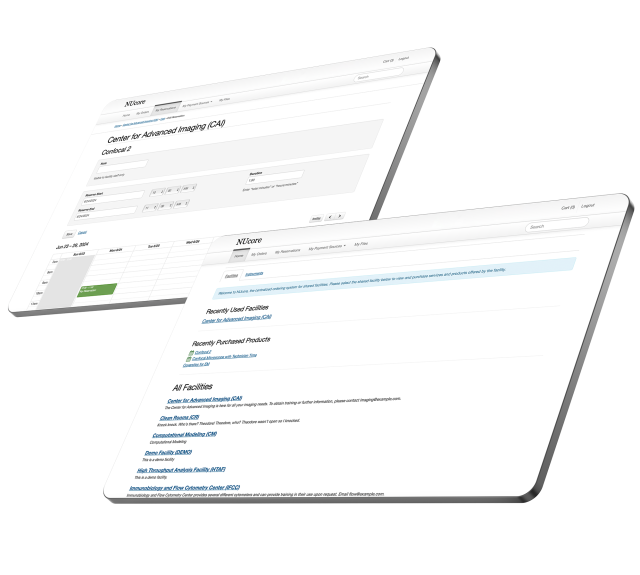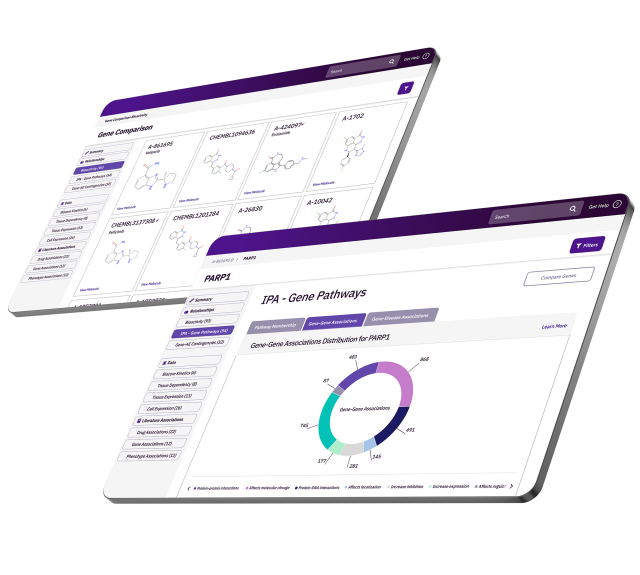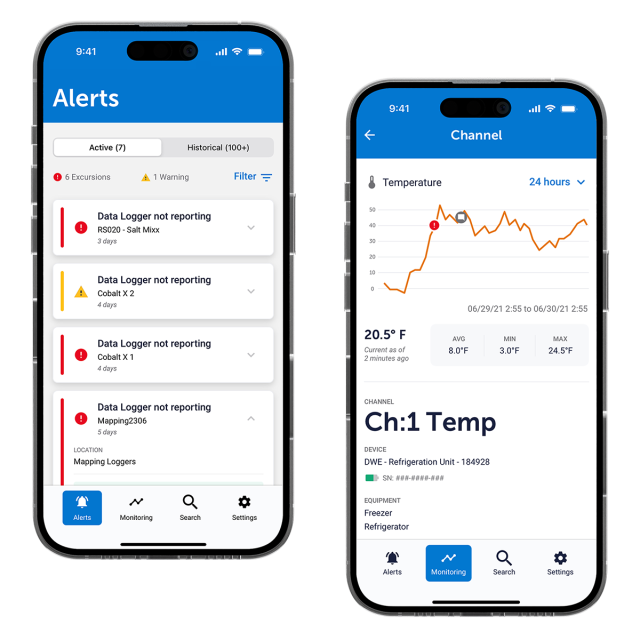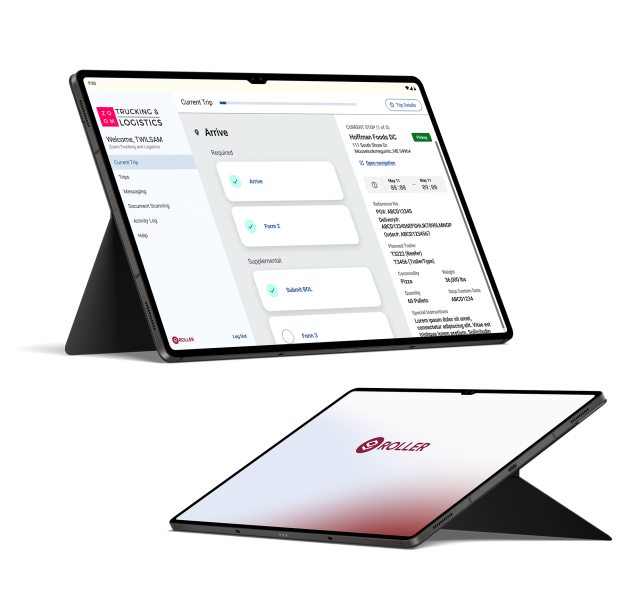What are data products?
Data products are tools that use datasets to achieve specific goals. Simply put, they help you access and realize the hidden potential of your data. Think of the weather app on your phone. It gathers data from various sources to help you plan your day.
Imagine if your organization could use its various datasets — from employees, customers, partners, and more — to guide every business decision. Could you identify the next best actions for salespeople? Could you turn customer feedback into a strategic roadmap? Could you predict how a change in one area will affect the rest of the organization?
The potential for data products is nearly limitless. They can transform your offerings, services, and employees' day-to-day work into an intelligent enterprise.
Data products dramatically change the organizations that use them. In this guide, we’ll explore the different kinds of data products, how they work, and how they can drive radical transformation.


